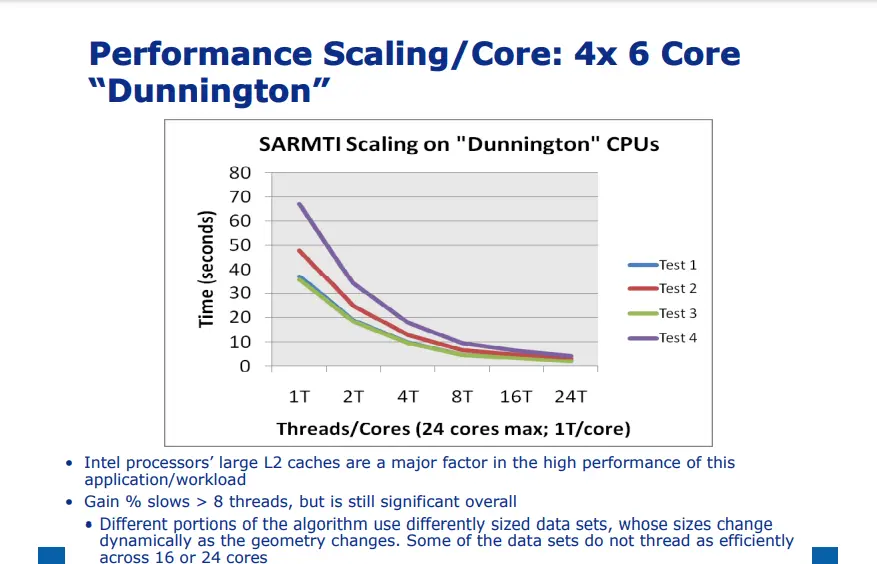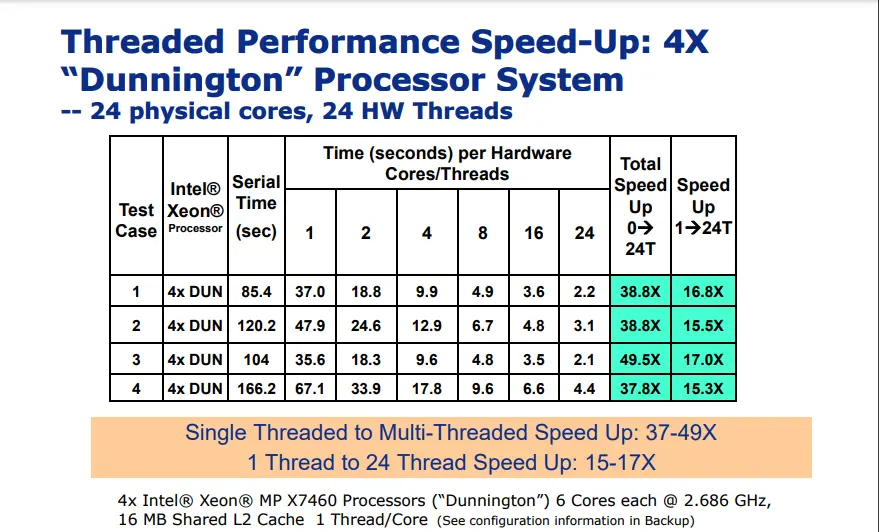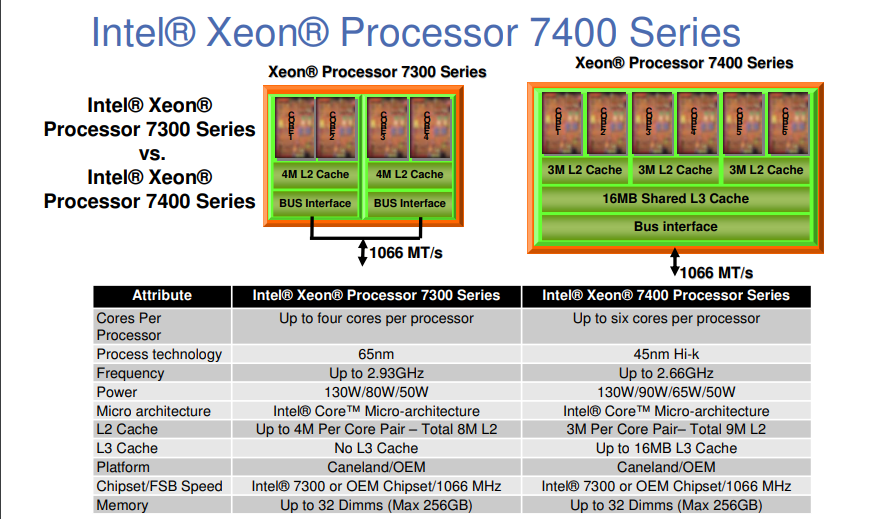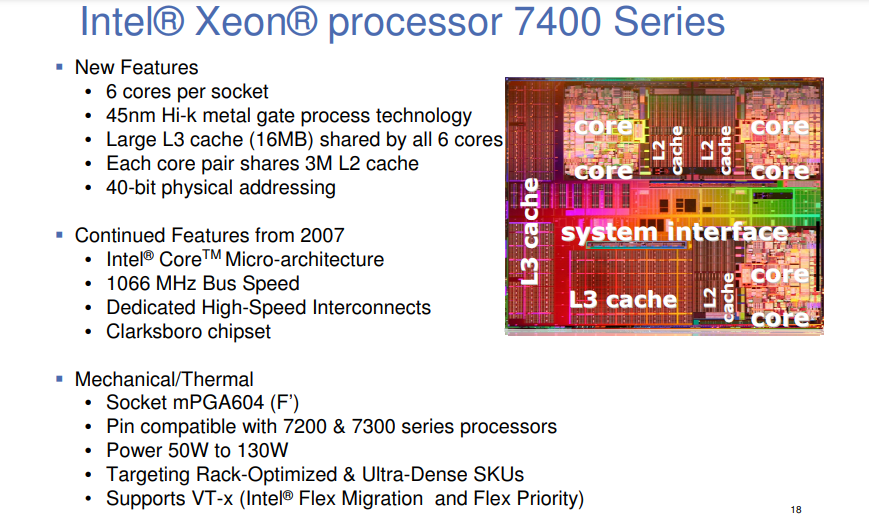Intel’s India Bengaluru Office: Top 3 Contributions That Changed Intel’s Growth Trajectory
- by Nikhil Jha
- 6 January 2025
- 2 minutes read

Intel, the company behind the world’s first commercialized chipset, has been at the forefront of innovations and research. One of Intel’s centers that has significantly contributed to its research and development activities is Intel’s India Bengaluru office.
In this article, we will discuss the top 3 contributions from Intel’s Bengaluru office and how they have impacted Intel’s business.
TRENDING
Top 3 Contributions from Intel’s India Bengaluru Office
Intel’s India Bengaluru office has played a crucial role in Intel’s success and growth. However, the top 3 contributions from the past would certainly be:
- Dunnington Chip
- Xeon 7400 Series
- AI Inference Engine
Let us explore them one by one.
Dunnington Chip
Named after a small village in England, Dunnington was Intel’s first 6-core x86 microprocessor. Notably, 98% of the work, including designing and pre-silicon logic validation, was done in India. The development process spanned two years, and the chip was launched in 2008.

According to the Director of Sales of Intel South Asia at that time, this chip increased performance by almost 50% in many cases and reduced the platform’s power requirement by 10%.
Key Achievements:
- The creation of the chip helped Intel manage the high-end server segment.
- It significantly reduced the need for additional servers.
- It marked the beginning of a new era of multi-core processing technology.
- It showcased the capability of the Indian facility to handle complex designs independently.
- It facilitated the transition of the Intel Xeon family to 45nm Hi-K manufacturing process.

Source: CLICK HERE
Xeon 7400 Series
Launched in 2008, the same year as the Dunnington chip, the Xeon 7400 series was the first chip designed entirely from scratch at the Bengaluru center.
This chip marked a shift towards designs featuring an unlimited number of cores that efficiently shared processing tasks, enabling firms to increase server performance while saving space and energy. It also delivered 50% better performance than its predecessor, the quad-core processor.

Key Features:
- Known as the “six-brain chip”, it featured six processing cores per chip and 16 MB of shared cache memory.
- Manufactured using 45nm technology.
- It was Intel’s first chip designed entirely outside the United States.
- It significantly reduced electricity expenses and became a boon to computing trends of its time.

AI Inference Engine
While the above contributions focused on SoC (System on Chip) design, the Bengaluru R&D center has also played a critical role in advancing Intel’s AI capabilities, particularly in developing AI inference engines.
AI Inference Engine Development:
The Bengaluru team developed an AI inference engine integrated into multiple Intel products. This accomplishment underscores the team’s expertise in artificial intelligence and its pivotal role in Intel’s global AI strategy.
Key Features and Applications:
- Versatility: The engine is designed to work across various Intel products, showcasing its adaptability.
- Performance Optimization: It improves speed and reduces power consumption for AI tasks.
- Integration Across Product Lines: Incorporated into many Intel products, it finds application in consumer devices and data center solutions.

Source: CLICK HERE
Conclusion
Over the years, Intel has achieved numerous breakthroughs, from the groundbreaking Dunnington chip and the six-brained Xeon 7400 to the seamless integration of AI with hardware. A team that has been instrumental in these innovations is Intel’s India Bengaluru Team.
Discover more from WireUnwired Research
Subscribe to get the latest posts sent to your email.










